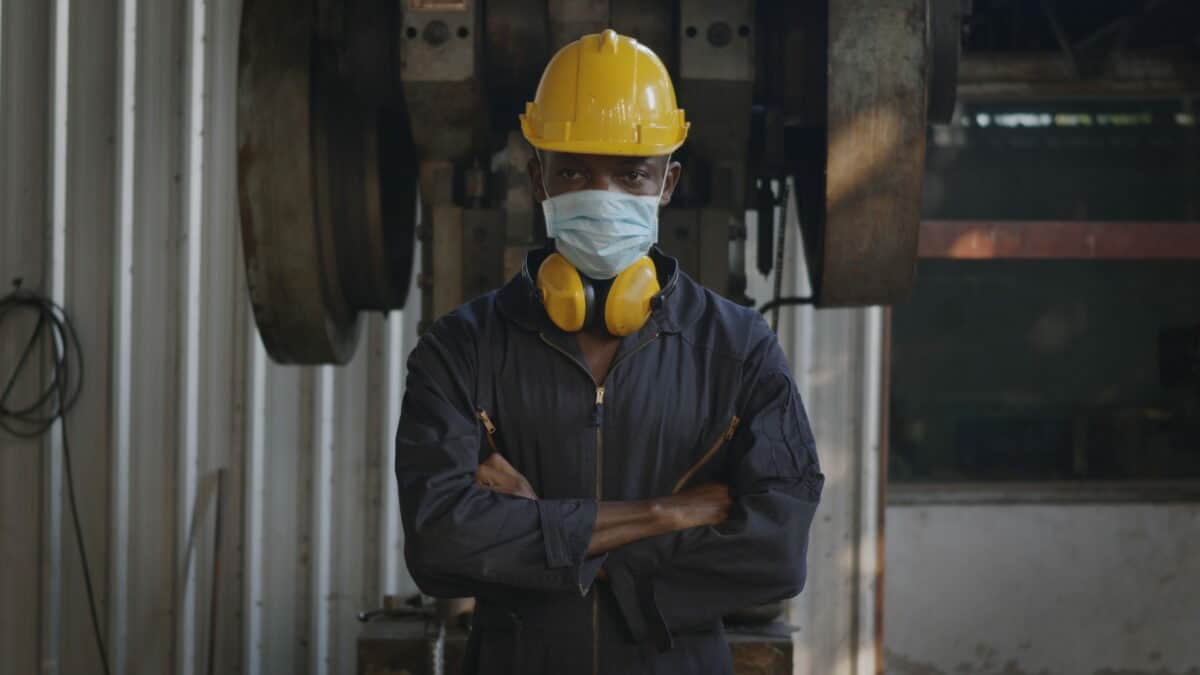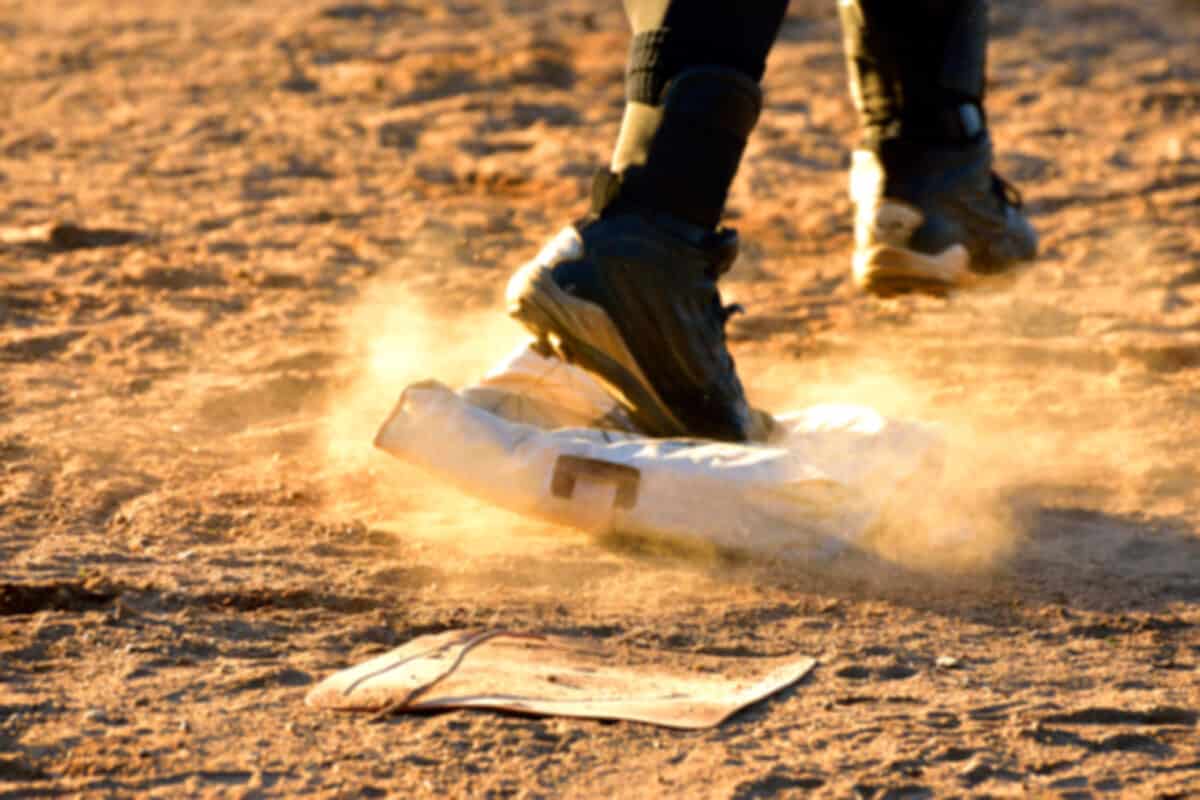Trade union opposition to mandatory vaccinations against the Covid-19 virus continues, primarily because they feel left out of the conversation at SPC. However, the support for at least not dismissing mandatory vaccinations is growing.
In The Australian on August 18 2021, the lawyer advising SPC on its vaccination policy, Joel Zyngier of Gilchrist Connell, said
“Twelve months ago we didn’t have the option of vaccination; it wasn’t a reasonably practicable step. Six months ago, we didn’t have the option of vaccination; it wasn’t a reasonably practicable step. Now it’s a reasonably practicable step and so it’s something that employers must consider as part of their occupational health and safety or work health and safety duties,”






